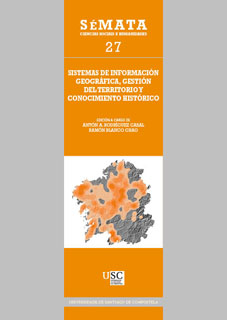Semi-automatic mapping of cultural heritage from airbone laser scanning data
Contido principal do artigo
Resumo
This chapter describes semi-automatic methods for detailed mapping of some types of archaeological structure from airborne laser scanning (ALS) data in Norway. The archaeological structures include point or circular features like: (1) pitfall traps in hunting systems, (2) charcoal burning pits in iron extraction sites, (3) grave mounds, either individual or in grave fields, and (4) charcoal kilns. We report on the results of using the methods for detailed mapping of Norway’s largest Viking grave field at Vang, Oppdal municipality in Sør-Trøndelag County; and for detailed mapping of charcoal kilns at Lesja iron works in Oppland County.
The perceived success of using automatic detection methods depend on many factors. The most important seems to be how well the archaeological structures of interest stand out from the surrounding terrain in the digital terrain model of the ALS ground points. We have experienced that archaeological pits in the form of pitfall traps in hunting systems and charcoal burning pits in iron extraction sites tend to stand out very well. Natural pits of the same shape and size are rare in Norwegian landscapes. On the other hand, grave mounds are more easily confused with natural terrain features. The grave mounds have a less distinct shape than the archaeological pits, many grave mounds are distorted, and there are many natural (partially) mound-like terrain features.
Although far from perfect, automatic detection is now used as part of the standard routine in detailed archaeological mapping in Vestfold and Oppland Counties. The current perspective is that automatic detection will not replace archaeologists, but is a useful tool for archaeologists in detailed mapping of cultural heritage. Our goal is to provide semi-automatic detection methods that are used by all 19 counties in Norway for detailed mapping of cultural heritage.

